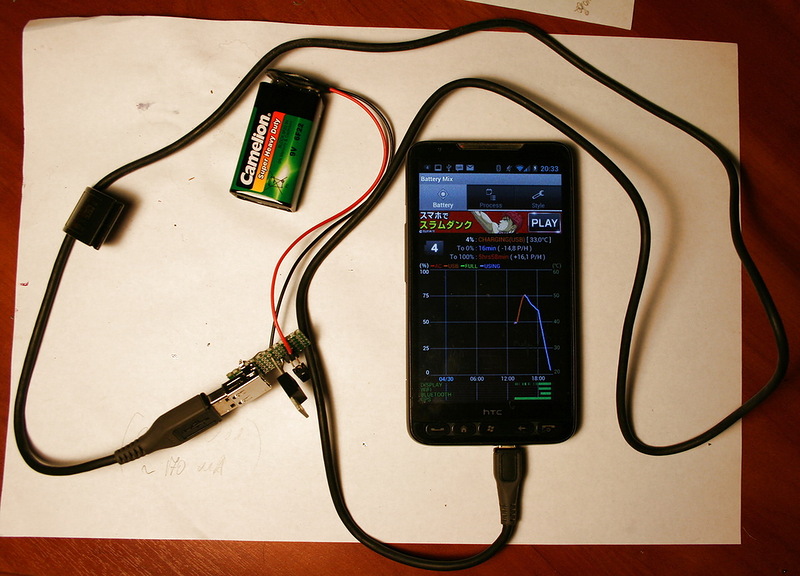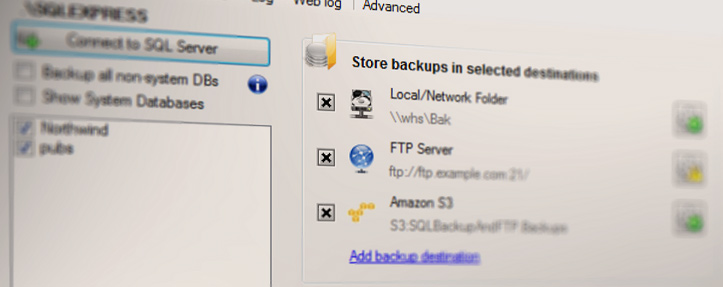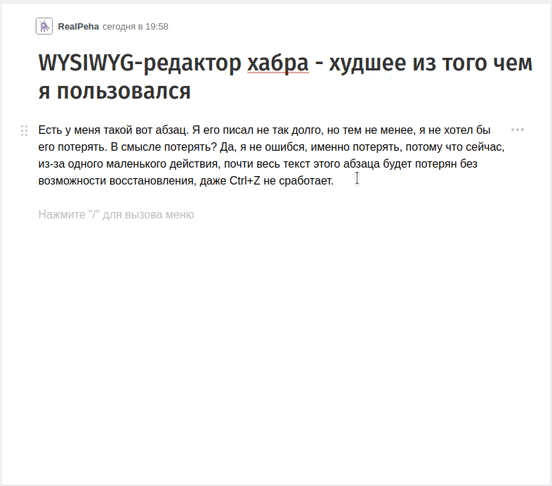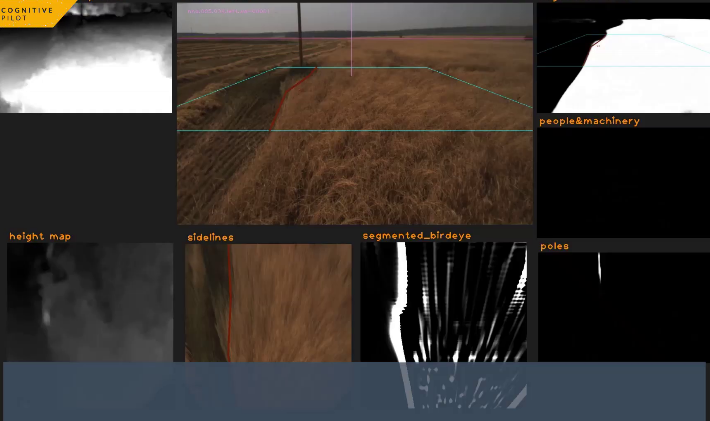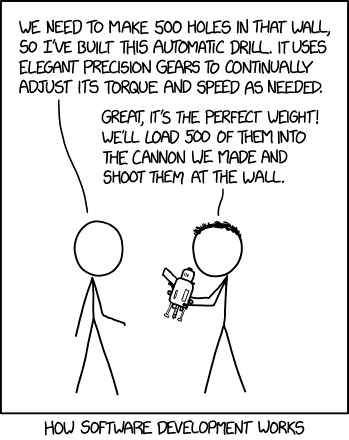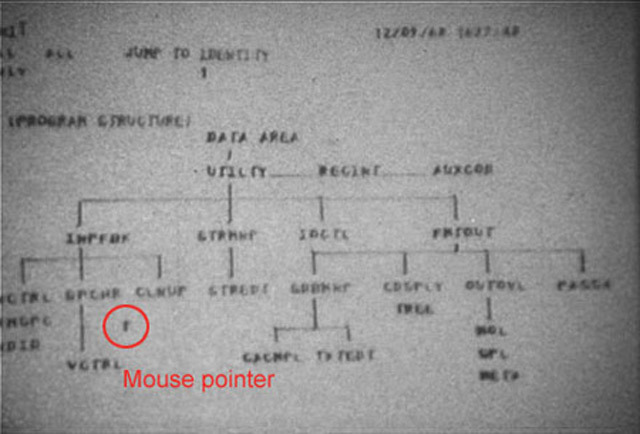
В общем, решение назревало давно, и вот, одним пасмурным Питерским утром, я сказал шефу, что, к сожалению, тут наши пути расходятся. Было составлено резюме, более или менее описан десятилетний опыт работы в области web-программирования, обдумана сумма оклада, немного выше средней по Питеру, но далеко не топовая (я пока ни разу не гуру), оплачены услуги по поднятию резюме в топ каждые четыре часа, установлена прога, записывающая все входящие звонки (чтоб ничего не забыть), и я сел ждать. Собственно, это был вечер пятницы, так что ждать пришлось аж до понедельника, но в понедельник начался ад.
Звонков было много, за следующую неделю я посетил 17 собеседований, по 3-4 в день, в четверг я уже перестал соглашаться на собеседования, а звонки все шли и шли.
Это не статья из серии, «смотрите как меня все хотят, я офигенен», я просто хочу сказать, что сейчас в России существует дефицит IT специалистов, и когда подходящий человек приходит к вам в компанию, важно не только то, насколько он понравится вам, но и то, насколько вы понравитесь ему, ибо мне кажется, что сейчас конкуренция существует скорее на вашей стороне, на стороне работодателей, чем на стороне программистов. Оговорюсь сразу, речь не пойдет о всяких Яндексах, ВКонтактах и Мэилру, там все ясно, речь идет о компаниях второго эшелона, предыдущей ступени.






 В общем, решение назревало давно, и вот, одним пасмурным Питерским утром, я сказал шефу, что, к сожалению, тут наши пути расходятся. Было составлено резюме, более или менее описан десятилетний опыт работы в области web-программирования, обдумана сумма оклада, немного выше средней по Питеру, но далеко не топовая (я пока ни разу не гуру), оплачены услуги по поднятию резюме в топ каждые четыре часа, установлена прога, записывающая все входящие звонки (чтоб ничего не забыть), и я сел ждать. Собственно, это был вечер пятницы, так что ждать пришлось аж до понедельника, но в понедельник начался ад.
В общем, решение назревало давно, и вот, одним пасмурным Питерским утром, я сказал шефу, что, к сожалению, тут наши пути расходятся. Было составлено резюме, более или менее описан десятилетний опыт работы в области web-программирования, обдумана сумма оклада, немного выше средней по Питеру, но далеко не топовая (я пока ни разу не гуру), оплачены услуги по поднятию резюме в топ каждые четыре часа, установлена прога, записывающая все входящие звонки (чтоб ничего не забыть), и я сел ждать. Собственно, это был вечер пятницы, так что ждать пришлось аж до понедельника, но в понедельник начался ад. 

